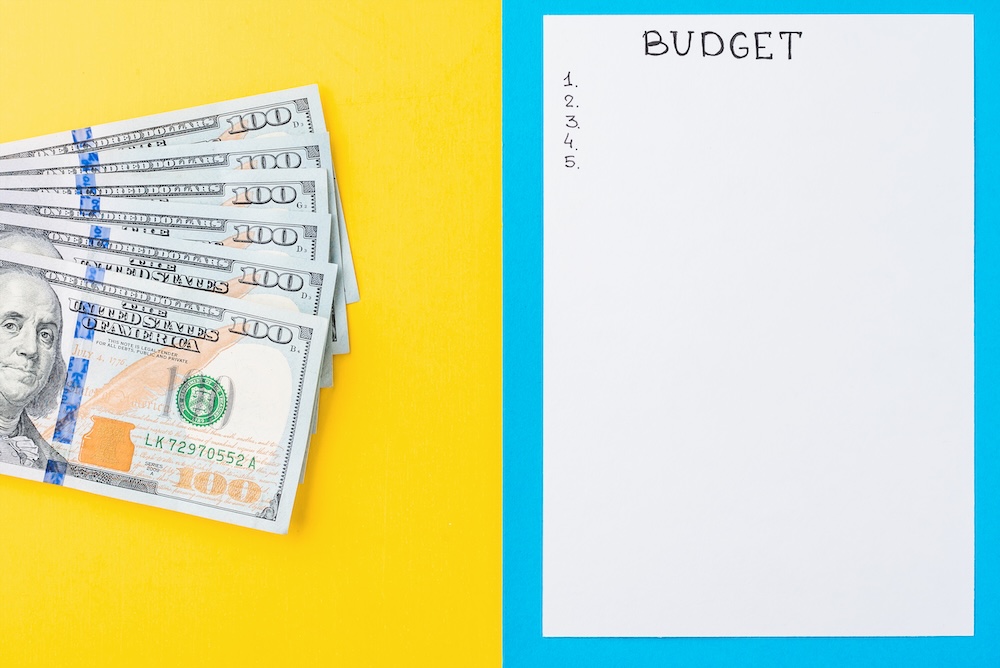Living on $1,000 a month might sound impossible to some, but for millions of Americans, it’s the reality. Whether you’re between jobs, relying on fixed income, or managing unexpected expenses, this guide is here to help you stretch every dollar while protecting your peace of mind.
Step 1: Know Your True Income
It’s not always just your paycheck. Add up all sources of income:
- Government assistance (SNAP, SSI, TANF)
- Child support or alimony
- Gig income (even inconsistent)
- Informal side work (babysitting, odd jobs)
Tool Tip: Create a simple spreadsheet or use a free printable budget tracker.
Make It Real: Estimate Your Monthly Income
If you’re unsure, use the last 3 months to average inconsistent earnings. Example:
- Babysitting: $120
- SNAP: $250
- Child support: $300
- Gig driving: $180
- Total: $850
Use this number—not just your main paycheck.
Step 2: Break Down the Non-Negotiables
Divide your income into high-priority categories first:
| Category | Ideal % of Budget | Amount (on $1,000) |
|---|---|---|
| Housing | 30–40% | $300–$400 |
| Food | 20–25% | $200–$250 |
| Transportation | 10–15% | $100–$150 |
| Utilities | 10% | $100 |
| Other (phone, hygiene, etc.) | 10% | $100 |
| Savings | Whatever is left | Even $5 matters |
Rent Hack Tips:
- House share with family or trusted friends
- Apply for housing support
- Rent a room instead of an apartment (apps like PadSplit)
- Negotiate with landlords — some will reduce rent for upfront payments or help with chores
Step 3: Find the Breathing Room
You might not be able to cut rent—but you can:
- Switch to prepaid phone plans (Mint, Tello)
- Use food banks or meal programs
- Trade services (babysitting for rides)
- Use apps like Honey or Capital One Shopping for automatic coupon codes
- Limit online impulse spending with browser blockers like StayFocusd
Emotional Reminder: It’s okay to feel frustrated. Give yourself grace. Budgeting isn’t about perfection—it’s about survival with strategy.
Free & Low-Cost Apps That Help:
- Rocket Money – Find & cancel subscriptions
- Upside – Earn cashback on groceries & gas
- You Need A Budget (YNAB) – Try the 34-day free trial to test it out
- Fetch Rewards – Scan receipts for points toward gift cards
Step 4: Plan for the Unexpected
Even $10/month in a clear jar or envelope counts.
Create:
- “Mini-Emergency Fund” envelope
- “Dream Jar” (small wins fund)
These aren’t gimmicks—they’re psychological tools. They help you shift from reacting to managing.
Ideas to Build a Micro-Safety Net:
- Roll coins weekly
- Round-up change apps (like Acorns)
- Resell items you no longer use
- Join local Buy Nothing groups on Facebook
- Look into seasonal gig apps (Instawork, GigSmart)
Step 5: Use What You’ve Got
Resources aren’t always money:
- Libraries = free books, internet, job help
- Churches and nonprofits = supplies, job leads, mental health support
- Community centers = food, clothes, Wi-Fi
Places to Check:
- 211.org for local help
- Facebook groups for resource sharing
- Salvation Army or United Way for program access
- Local food distribution calendars
Note: Most people aren’t lazy—they’re overwhelmed. Leverage what’s around you to stay afloat.
Step 6: Find Hope in the Numbers
Seeing the whole picture makes budgeting feel less like chaos and more like progress. Even on $1,000/month, people:
- Pay off small debts
- Begin to save
- Regain control
Small Wins That Matter:
- Paying a $50 overdue bill
- Putting $25 toward savings
- Cooking all meals for a week
- Not using a payday loan
- Asking for help without shame
These are the signs you’re doing more than surviving—you’re stabilizing.
Final Thoughts
Surviving on $1,000/month is hard—but it’s not hopeless. Budgeting isn’t just about dollars—it’s about dignity. It’s about reclaiming your ability to plan, decide, and breathe. One step at a time, you can survive—and ev







